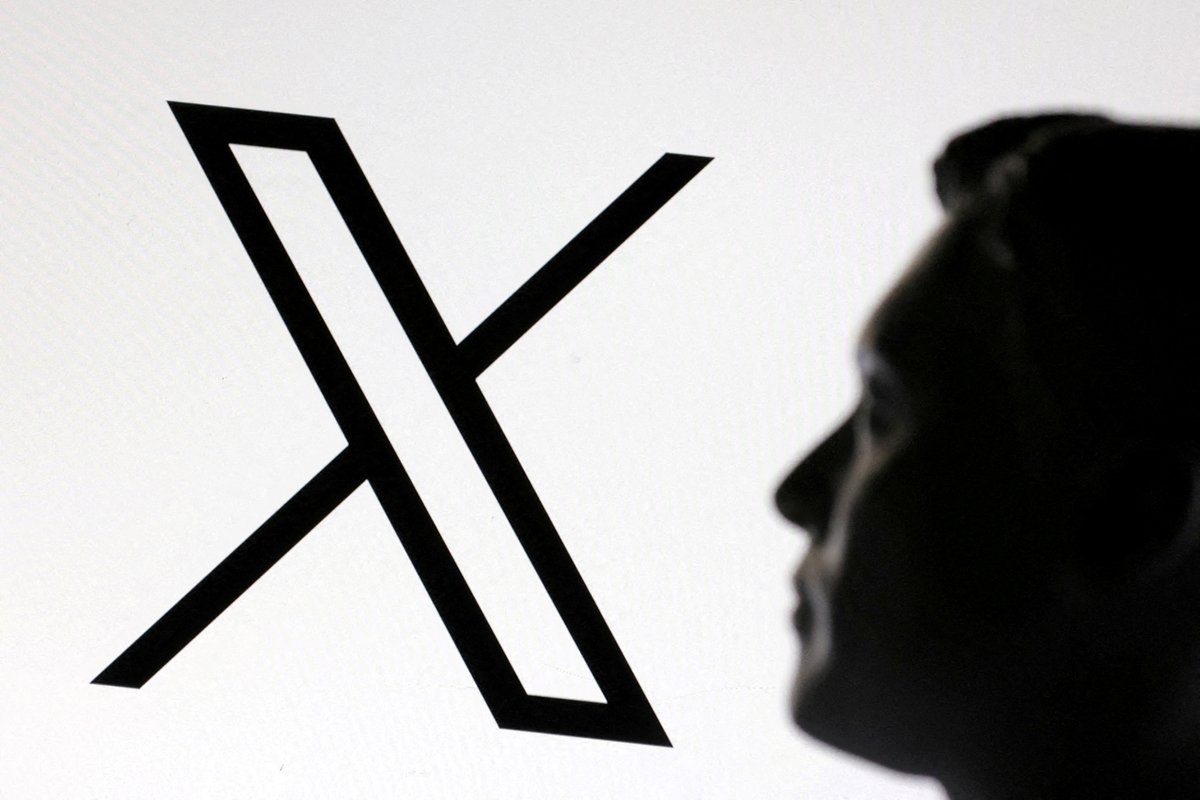
The legal tussle between X, the company previously known as Twitter, and the Indian government has escalated. This increased clampdown follows a recent move by the federal home ministry to open the Sahyog portal. Sahyog’s inaugural edition last year was guided by a simple vision. It seeks to make more efficient the way that content intermediaries – including social media platforms like X and Facebook – have to receive notices. The Indian government claims that this project is an important step. Its stated purpose is to address the increasing amount of illegal, dangerous, and harmful content online.
Sahyog automates notifications to content intermediaries, forcing them to heed government directives demanding that they moderate content. X has denied access to the platform, calling it a “censorship portal.” This refusal has led to enough tension for the Indian government to designate X as a “habitual non-compliant platform” in 2023.
Critics of Sahyog’s Expansion of Censorship
The Indian government has so far defended Sahyog as a necessary tool to fight the growing tide of harmful and dangerous content. Officials argue that with the significant increase in such material online, robust measures are required to protect users and maintain public safety. Specifically, the portal provides government officials with broad powers to issue blocking orders against particular content. This aspect has made many critics such as Apar Gupta from the Internet Freedom Foundation worry.
“a wholesale increase in censorship” – Apar Gupta of the digital rights organisation, Internet Freedom Foundation.
The critics contend that Sahyog has greatly enhanced the government’s censorship capabilities. This opaque expansion allows the removal of “hundreds of posts” at the request of any number of ministries, such as the federal railway ministry. As a result, the platform has faced allegations that it is being weaponized to silence critical voices and limit free expression.
The tensions between X and the Indian government are hardly unprecedented. Late last year, X Artists Services filed a lawsuit against the Indian government. He had challenged the blocking orders related to a year-long farmers protest against controversial agricultural laws. As stricter regulations come into effect, this long-standing conflict has brought to light the widening attack on digital rights in India.
The Growing Digital Rights Debate in India
Entering Sahyog would leave millions of government employees vulnerable. That includes tens of thousands of state and local police officers who could abuse their new authority to control social media content. The platform warns that this kind of regime would result in arbitrary removals of posts and accounts, without any kind of due process.
The Indian government maintains that Sahyog is a vital response to an escalating dilemma, namely, the “growing volume of unlawful and harmful content online.” Their concern, officials say, has been that without strong action taken, vaccine misinformation and other dangerous narratives would run rampant on social media sites with no consequences.
It seems both parties are preparing for an acrimonious courtroom showdown. The implications of this lawsuit go far beyond them. It would create some very dangerous precedents for digital rights and India’s approach to regulating content. This result would set a strong precedent for how tech companies should comply with local laws. Simultaneously, they need to uphold user rights and protect freedom of expression.
Author’s Opinion
The growing tension between X and the Indian government highlights the complex and sometimes dangerous intersection of free expression and government regulation. While the Indian government’s concern over harmful content is understandable, the implementation of sweeping censorship tools like Sahyog raises serious concerns over the suppression of free speech. The outcome of this legal battle will have significant implications not only for X but also for the broader digital rights landscape in India and beyond.
Featured image credit: The Japan News
Follow us for more breaking news on DMR
